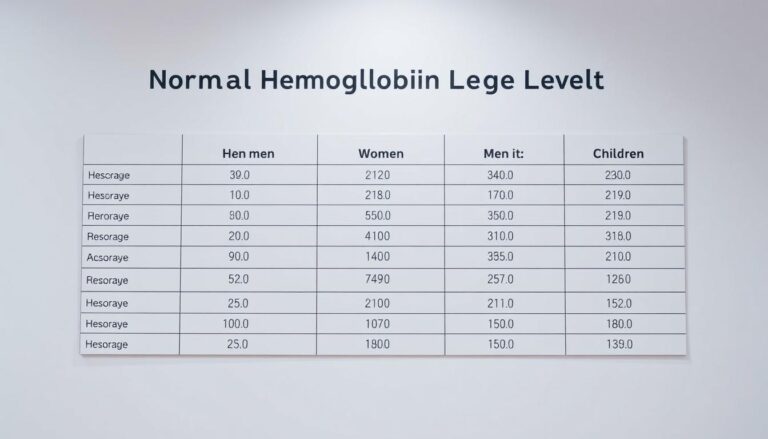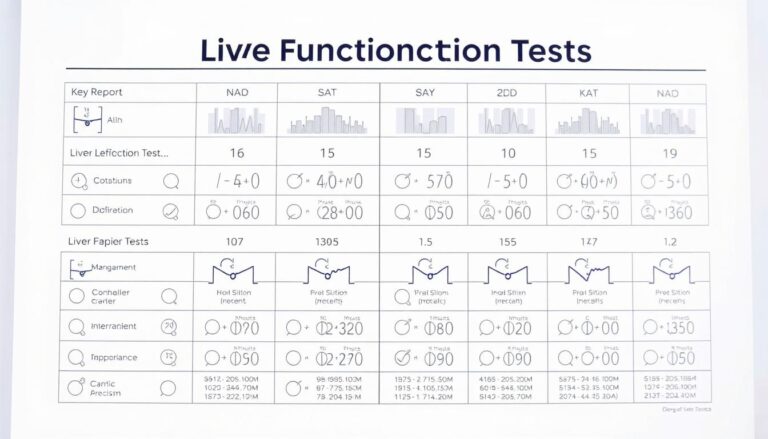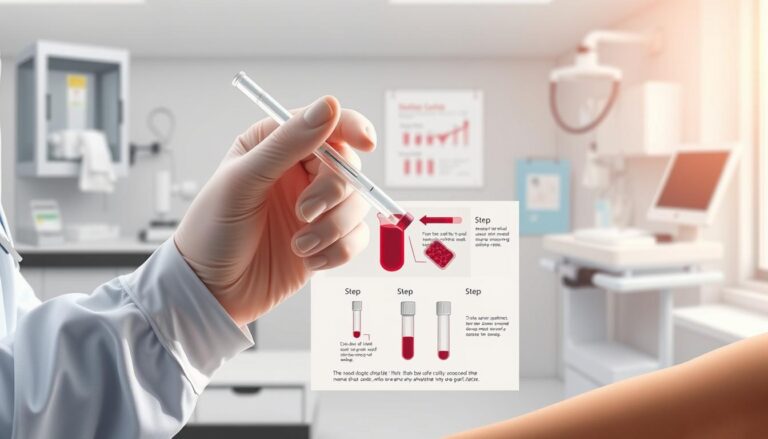Understanding Turn-Around Time in Laboratory Testing: A Comprehensive Guide
Ever wondered how long it takes to get your lab test results? Can you get them fast without losing accuracy? The answer is yes, by understanding lab test turnaround time. It’s key for quick and effective lab services.
Turnaround time is how long it takes from collecting a sample to getting the report. It shows how well a lab works. This means we can get our test results fast and accurately.
Getting test results quickly is vital for patient care. It helps improve health outcomes. With fast and reliable lab services, patients get the care they need on time. But what affects how long it takes to get results? And how can we speed up testing without losing quality?

In this article, we’ll look at what affects lab test turnaround time. We’ll also explore how to make lab services faster and more efficient. This is all about getting the results patients need quickly and accurately.
What Determines Lab Test Turnaround Time
Turnaround time in laboratory testing is very important. It affects how well a lab serves its clients. Quick lab results are key for fast diagnosis and treatment. We’ll look at what makes lab test turnaround time fast or slow.
Pre-analytical steps include getting the sample ready for testing. This includes collecting, transporting, and preparing the sample. The quality of the sample can also affect how quickly it’s tested.
For example, murky samples need more time to prepare and analyze. But, fast and reliable testing can lead to quicker results.
Here are some key factors that can affect lab test turnaround time:
- Sample quality: The clarity or turbidity of the sample can impact the speed of preparation and testing.
- Instrument issues: Routine maintenance and instrument calibration can delay results, impacting the overall speed of the testing process.
- Quality control processes: Method Blank, Laboratory Duplicate, Laboratory Control Sample, Matrix Spikes, Calibration Blank, and Calibration Standards are essential final steps before results are verified and released.
Understanding these factors helps labs improve their testing speed. This leads to better experiences for doctors and patients. Labs can then handle more tests, work faster, and make more money.
| Test Type | Turnaround Time |
|---|---|
| Lead and Copper | 2-3 days |
| PFAS or Pharmaceuticals | 12-14 days |
Essential Components of Efficient Laboratory Processing
Efficient lab analysis is key to cutting down on wait times and better patient care. We aim to deliver results quickly and accurately. Our team makes sure samples are ready and that our equipment is always in top shape.
Getting samples right is vital for accurate results. We offer fast and reliable testing, including same-day services. Our goal is to give quick and precise results to our patients.
Some key components of efficient laboratory processing include:
- Proper sample preparation
- Instrument calibration and maintenance
- Effective quality control measures, such as quality control samples and proficiency testing
By focusing on these areas, labs can serve patients better and faster. We use lean Six Sigma to cut down on waste and improve efficiency. Automation, like automated sample handling, also boosts our workflow.
Quality control is crucial for reliable results. This includes regular equipment checks and following strict procedures. Proficiency testing helps us avoid mistakes and ensures our results are trustworthy. By offering fast and accurate lab services, we aim to enhance patient care.
| Component | Importance |
|---|---|
| Proper sample preparation | Critical for accurate results |
| Instrument calibration and maintenance | Essential for reliable results |
| Effective quality control measures | Necessary for ensuring accurate results |
Optimizing Sample Collection and Handling for Faster Results
We know that getting samples right is key to quick lab results. It’s all about the right collection, transport, and storage. Plus, keeping good records is important. This way, labs can work faster and help patients better.
The College of American Pathologists says mistakes in sample labels happen in 0.1-0.5% of lab cases. But, using RFID can cut down these errors by up to 98%, a study by the National Institutes of Health found. Labs can also cut handling time by 50% with automated systems, which is a big help for busy labs.
- Use Laboratory Information Management Systems (LIMS) to track samples better and speed up work
- Get automated sample prep to make testing faster
- Keep an eye on lab workflows to make them smoother and quicker
By doing these things, labs can do tests faster. This means patients get their results quicker, which is better for everyone.
Technology’s Role in Reducing Laboratory Testing Time
Technology plays a big role in making lab tests faster. It helps labs work quicker and get results faster. This means doctors can make quicker decisions for their patients.
Technologies like molecular diagnostics and near patient testing are changing lab work. They help labs get results faster. The CDC says 70% of medical decisions depend on lab tests, showing how important speed is in healthcare.
Digital reporting helps doctors see patient results quickly. This means patients get help faster. Here are some ways technology helps labs:
- Enhanced biosensor technology for testing multiple analytes at or near the patient
- Implementation of robotics in tasks like specimen transport, processing, and aliquoting
- Development of image management systems for archiving diagnostic images and text descriptions along with diagnoses
- Utilization of voice recognition systems to eliminate the need for transcriptionists
By using these technologies, labs can work better and faster. This leads to better care for patients. As we keep improving, we’ll see even better results in lab tests.
| Technology | Benefits |
|---|---|
| Molecular Diagnostics | Enhanced accuracy and speed |
| Near Patient Testing | Reduced turnaround time and improved patient care |
| Information Management | Streamlined workflows and improved efficiency |
Conclusion: Achieving Optimal Laboratory Test Turnaround Time
Getting quick test results is key for good patient care. We need to understand what affects test time. This includes steps before, during, and after testing.
Using fast testing services helps us give results quickly. This means doctors and patients get answers sooner. Focusing on quick results improves our service and keeps everyone informed.
By speeding up lab work, we meet the healthcare world’s needs. We use new tech to improve our tests. This way, we can give the best care to our patients.







